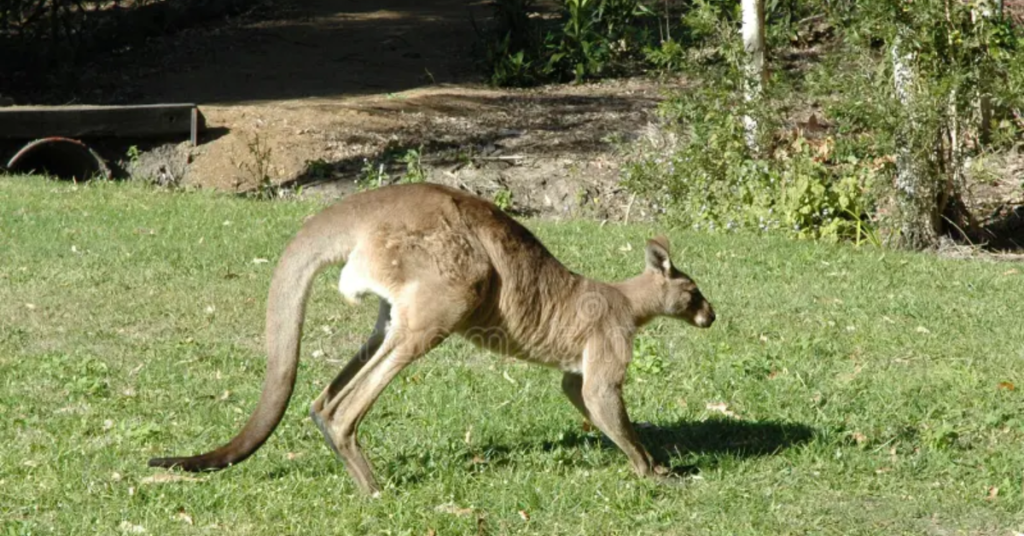Carnivorous Marsupials Australia
Unlike many other marsupials that are herbivorous or omnivorous, these marsupials are specialized hunters. They have sharp teeth and claws, powerful jaws, and keen senses for locating and catching prey. This makes its Predatory Adaptations different.

Carnivorous marsupials in Australia fill roles similar to that of small to medium-sized carnivorous mammals (like foxes, weasels, and badgers) in other continents. For example, the Tasmanian devil is a powerful scavenger and predator, keeping ecosystems balanced by consuming carrion and controlling prey populations. showing its ecological traits.
Most carnivorous marsupials are endemic to Australia and nearby regions like Tasmania and New Guinea, meaning they evolved and exist only in these areas. This unique evolutionary lineage is distinct from other carnivorous mammals globally.
Australia is home to a range of carnivorous marsupial species, from the small dunnarts to the larger quolls and Tasmanian devils. This diversity allows them to occupy various ecological niches across Australia’s unique environments, from deserts to forests.
Australian carnivorous marsupials evolved in a relatively isolated ecosystem, which protected them from competition with large predatory mammals that are common elsewhere. This combination of isolation, ecological niche, and evolutionary adaptation makes Australian carnivorous marsupials both fascinating and ecologically important.
Australian carnivorous marsupials have adapted to a range of extreme environments, from the arid deserts to dense forests. Species like the sandhill dunnart thrive in hot, dry conditions, showing how carnivorous marsupials have developed resilience to Australia’s often challenging climate. Some species, like quolls, are nocturnal hunters, helping them conserve energy and water while avoiding the heat of the day.
In Short, Australian carnivorous marsupials are uniquely adapted predators with crucial ecological roles, fascinating evolutionary paths, and special conservation needs. Protecting these remarkable animals not only helps maintain Australia’s biodiversity but also preserves a part of the natural heritage that makes Australia’s ecosystems so distinct.
What are Carnivorous Marsupials
Carnivorous marsupials are a group of marsupials that primarily eat meat. Unlike herbivorous or omnivorous marsupials, these animals have adapted to hunting and eating other animals. Examples include the Tasmanian devil, quolls, and some species of dunnarts.
Marsupials Examples
Tasmanian Devil
The largest carnivorous marsupial, known for its powerful bite and scavenging habits.
Quolls
Medium-sized predators that hunt small animals and are found in Australia and New Guinea
Numbat
Although technically an ant-eater, it has a diet primarily of termites and has sharp teeth, like other carnivorous marsupials.
